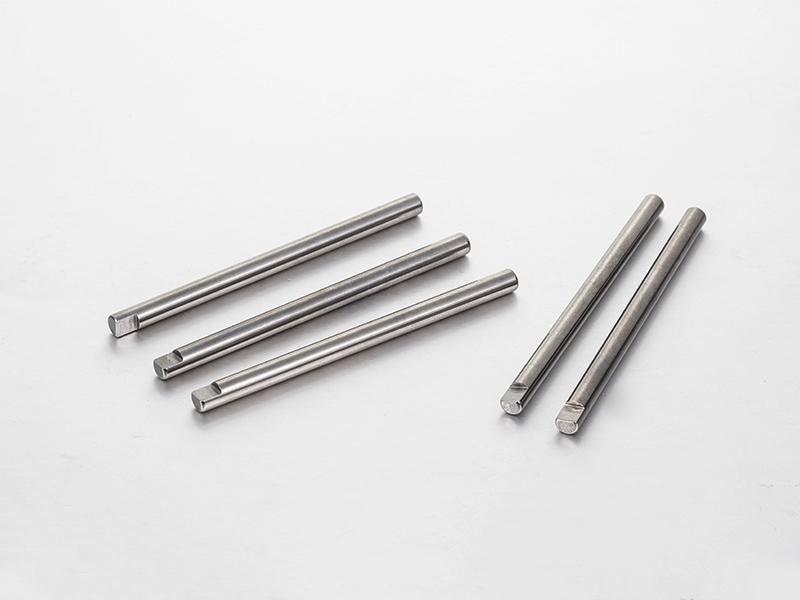Transmission shaft is a component used to transmit power and torque. Shafts are made in a variety of different shapes and forms, but most tend to have a solid or tubular circular cross-section. The shaft transmits power directly from the drive device or power source to the load. The shaft can carry gears, pulleys and sprockets to transmit rotational movement and power through matched gears, belts and chains. Alternatively, one shaft may be connected to the other shaft simply by a coupling mechanism. The coupling is connected to the shaft via a key, keyway or key seat.
Keys, keyways and key seats
The key is a piece of metal used to connect rotating mechanical elements to the shaft. The key prevents relative rotation between the two parts and allows torque transmission to occur. In order for the key to work properly, the shaft and rotating components (gears, pulleys and couplings) must have keyways and key seats. Generally, the term "key seat" is referred to as a groove or pocket on the shaft. A keyway is a groove on the hub into which a key can be inserted. The complete system is called a keyed joint. The keys are made of various types of materials, and the shapes and sizes are also different. The most common button shape is rectangular or tapered, usually made of steel.
In order to lock the hub or bushing and the shaft together and prevent the shaft from rotating in the hole, the key is usually inserted into the keyway machined in the hole and the shaft. The key is responsible for preventing any rotation between the shaft and the hole, and also transmits a portion of the torque load to the key. Torque transmission through the key is the most common and widely used method of power transmission. Unfortunately, misaligned keys and keyways can cause mechanical failure. Therefore, to ensure proper fit, the width and height dimensions of standard keys and keyways must meet the recommended tolerances. For both imperial and metric systems, there are industry standards for key dimensions in various holes.
In addition, when there is a certain distance between the driving part and the driven part, the driving shaft usually uses one or more universal joints, jaw couplings, or in some cases, splint joints or prismatic joints to connect to each other. .
Therefore, in summary, the two most important functions of the key and keyway on the power transmission shaft are:
1. Prevent the shaft from rotating in the hole
2. Power transmission through torque
Ningbo Shitai Precision Machinery Co., Ltd. is a China transmission shaft company, as well as other products such as spindle shaft. Welcome to visit our official website.


